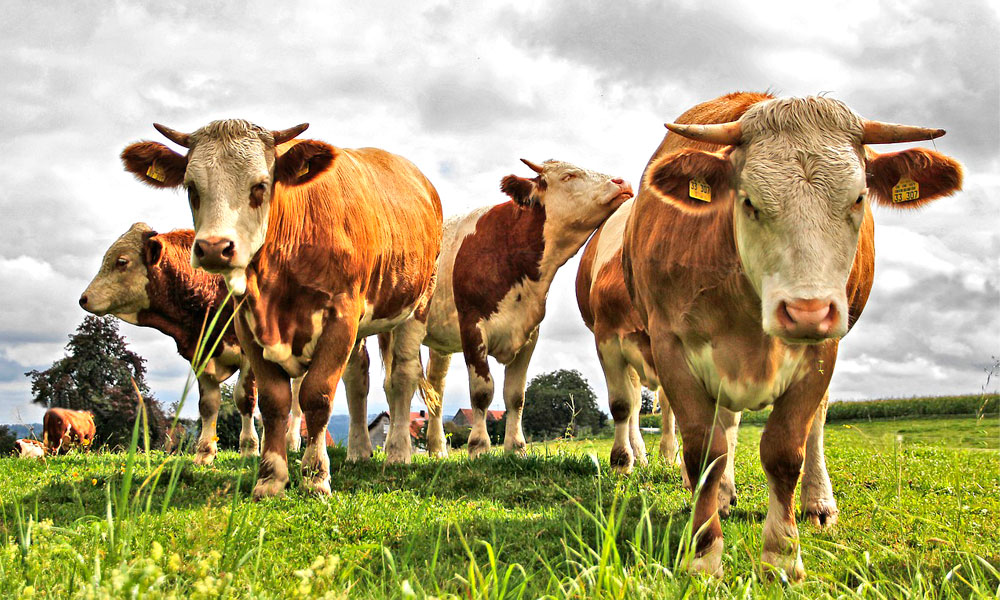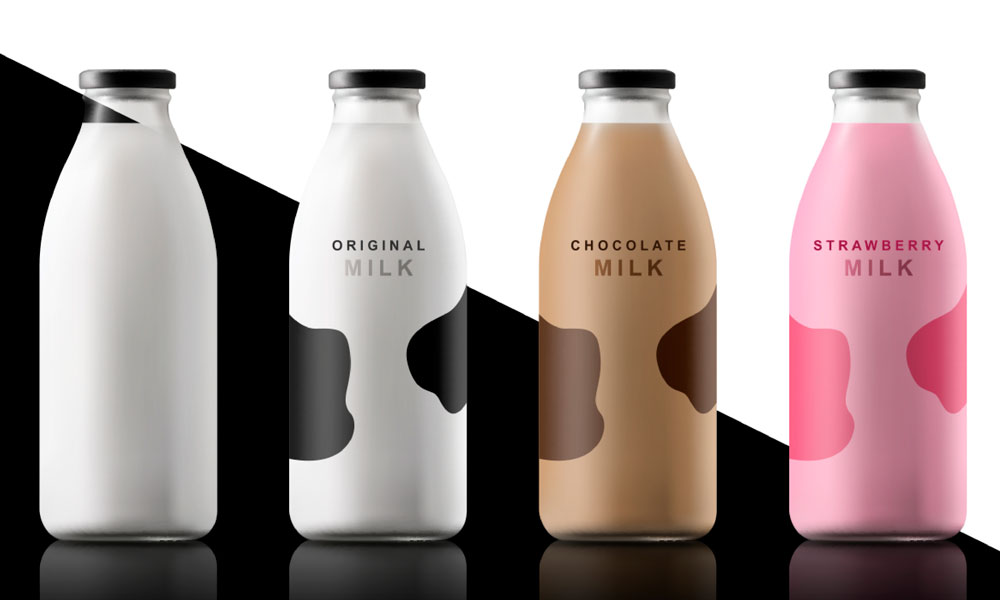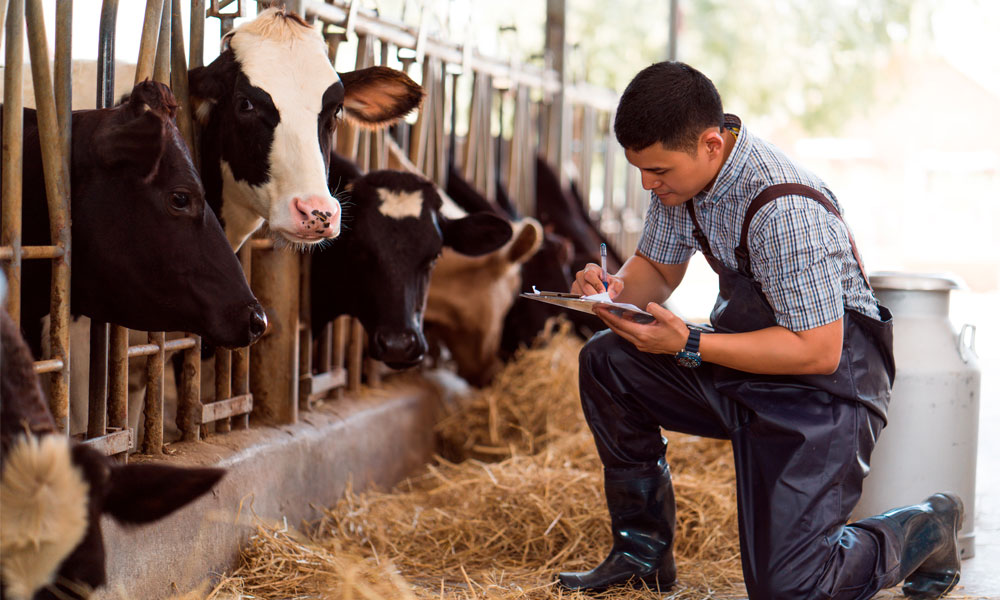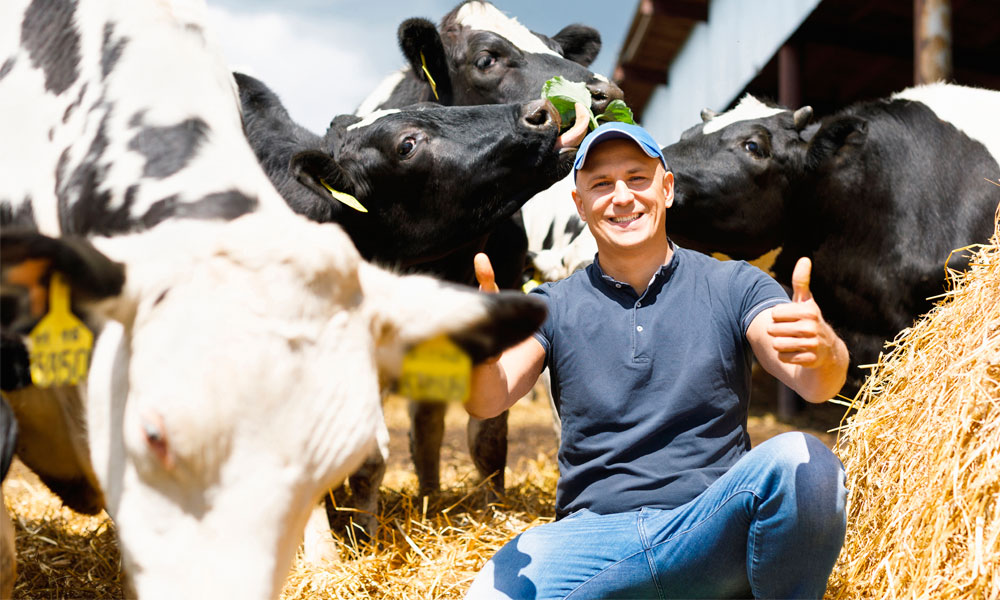
BOLUS – pH value sensor for dairy cows
Granted patent
The “Bolus” is a base and acidity sensor that sends daily updated pH and base values to an evaluation station.
The sensor is swallowed by the cattle and remains in the rumen of the animals for several years. The evaluated data enables the dairy farmer to adjust the feed. With ideal feed adjustment up to 40% more yield can be realized. Worldwide a demand of 265 000 000 boluses is expected. An acceptable selling price per bolus could be 100 Euro. The desired operating time is 3 years. There are boluses on the market, but the guaranteed operating time is only a few weeks.
Intellectual Property
Patent WO 2020/148571 was granted in August 2020.
Statement of Innovation Network Austria GmbH, as the commissioned patent and technology marketing exploiter
The present patent application is a cylindrical sensor as the basis of a complete dairy cow monitoring system. This pH and base sensor is administered to the cattle and remains in the rumen of the animal for at least 3 years.
The Tomka Bolus thus represents an ecological sensor for the dairy industry, which can measure not only the position and temperature of the animal, but also the acidity and bases permanently. With the supplied data the health and life span of the animals can be improved.
This enables the dairy farmer to achieve perfect feed optimization, thus making efficient use of resources and reducing the use of drugs and antibiotics.
Ultimately, the use of the PH sensor significantly increases the productivity of the dairy farm and improves the quality of cows and milk.
Market and future
A market potential of 265 million animals was derived from the total number of dairy cows worldwide. In order to further develop the future of the dairy industry on an ethical and ecological basis, we support the objectives of authorities and institutions, science and industry that are moving in a sustainable direction:
Goals
- Further increase in efficiency through efficient, healthy and long-lived dairy cows.
- Consistent and complete economic evaluation of the milk sector.
- Targeted qualification of employees and managers for low-loss and performance-adjusted feed production, herd management, work organization and employee management.
- Use of grassland or arable fodder with humus-enhancing or phytosanitary properties as a fodder basis for efficient milk production.
- Ecological milk production.
- Use of the subsidy for the investment in animal-friendly barn systems.
- Creation of attractive jobs through the use of automation and appropriate remuneration.
Possibilities of IP acquisition
licensing or patent acquisition





